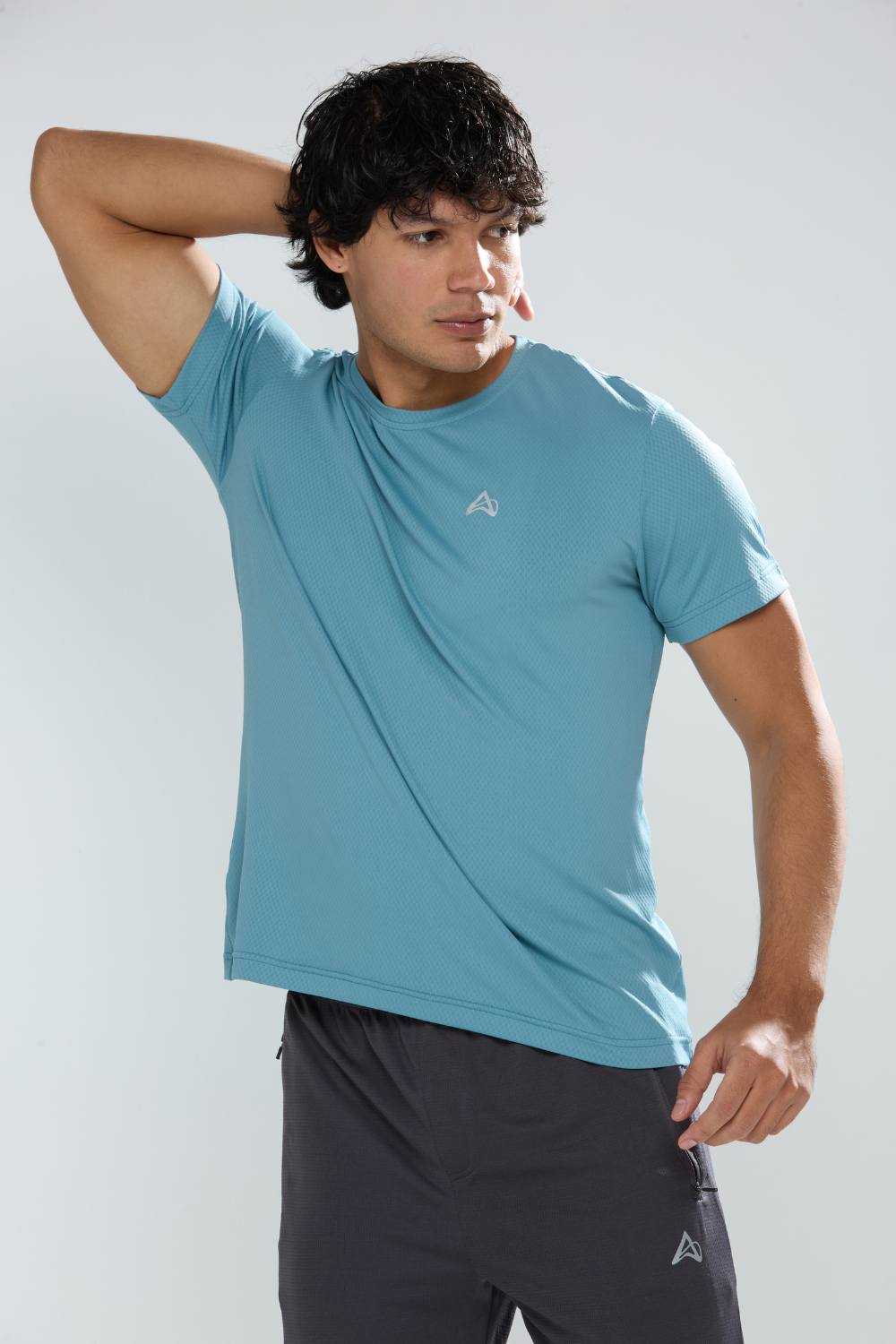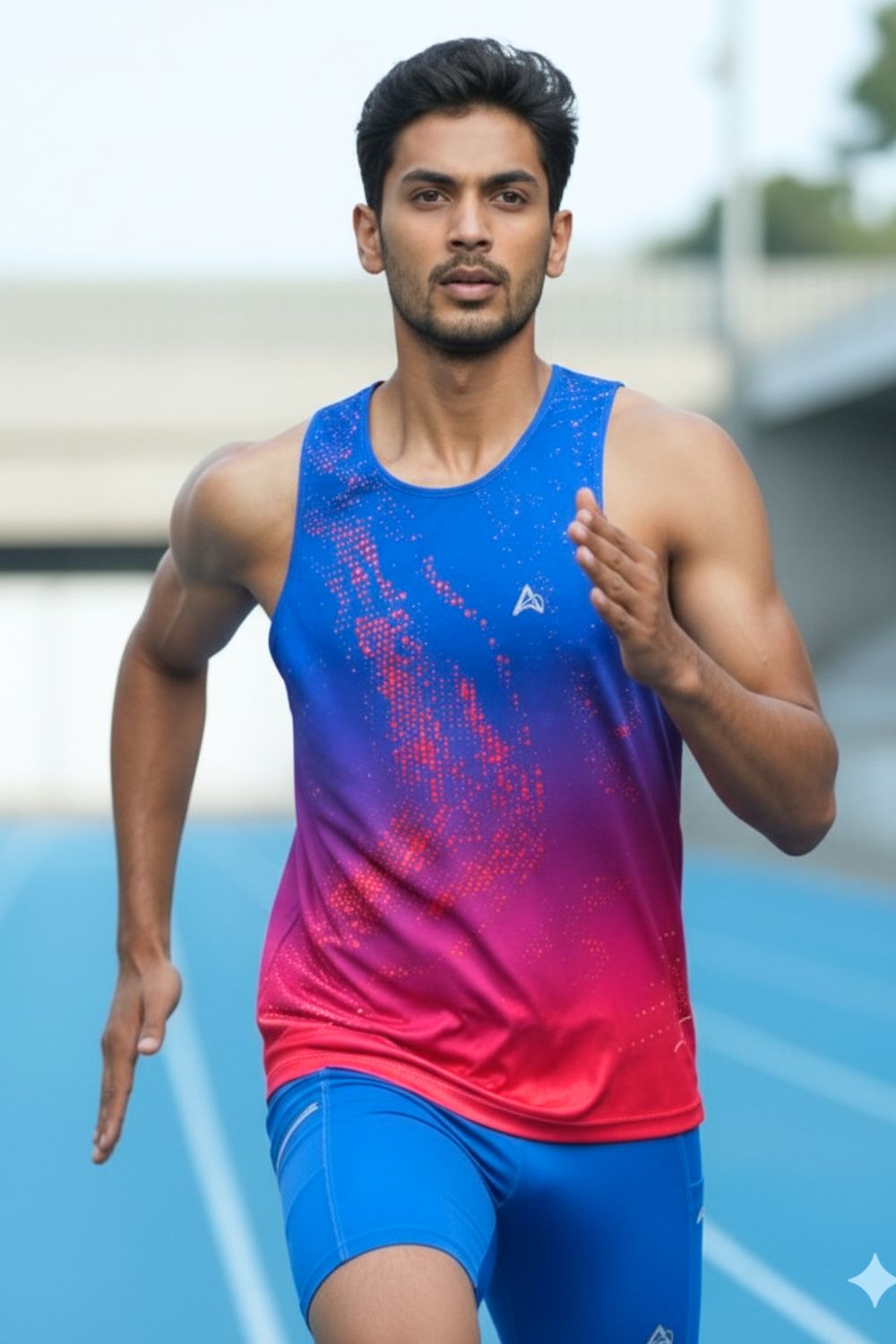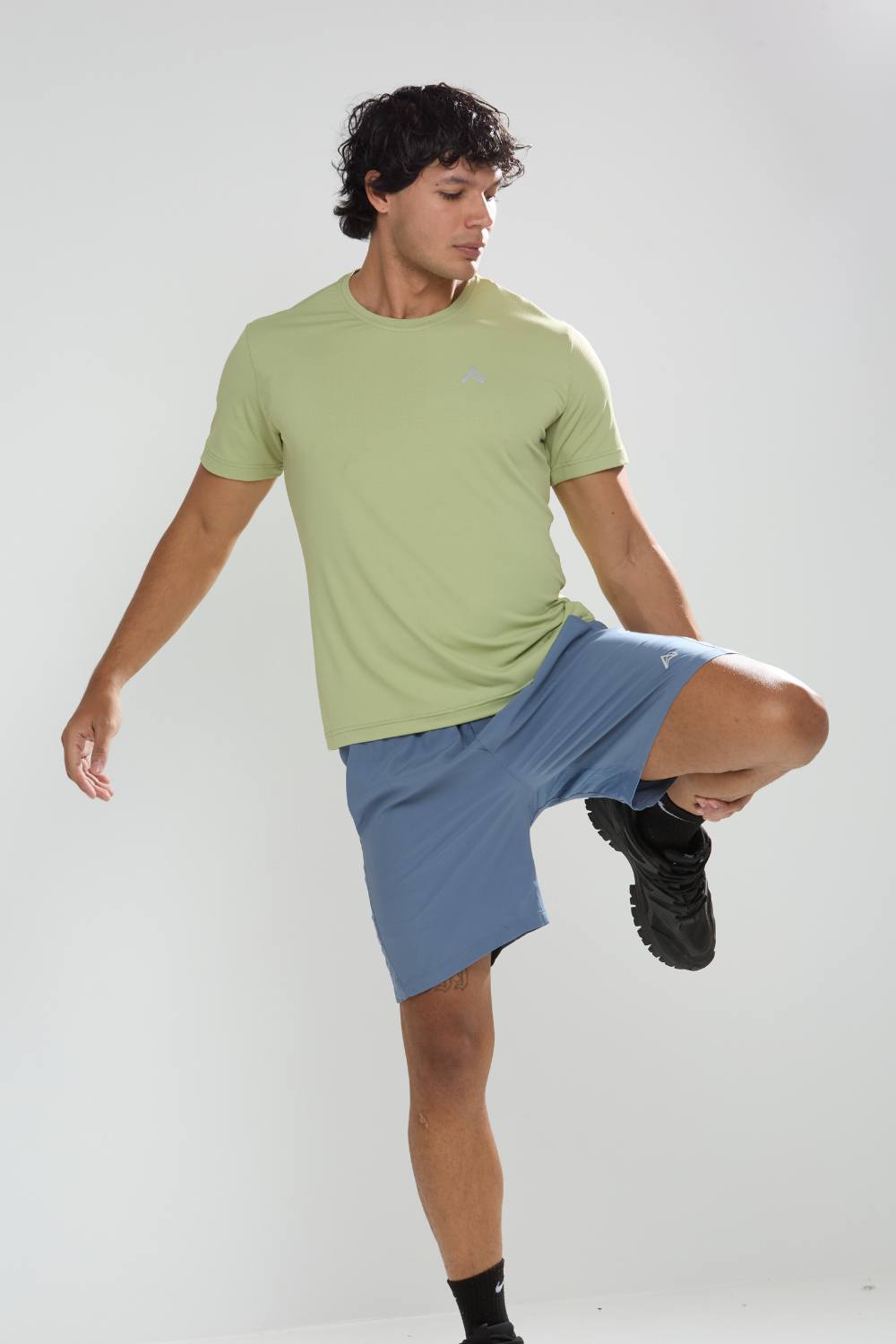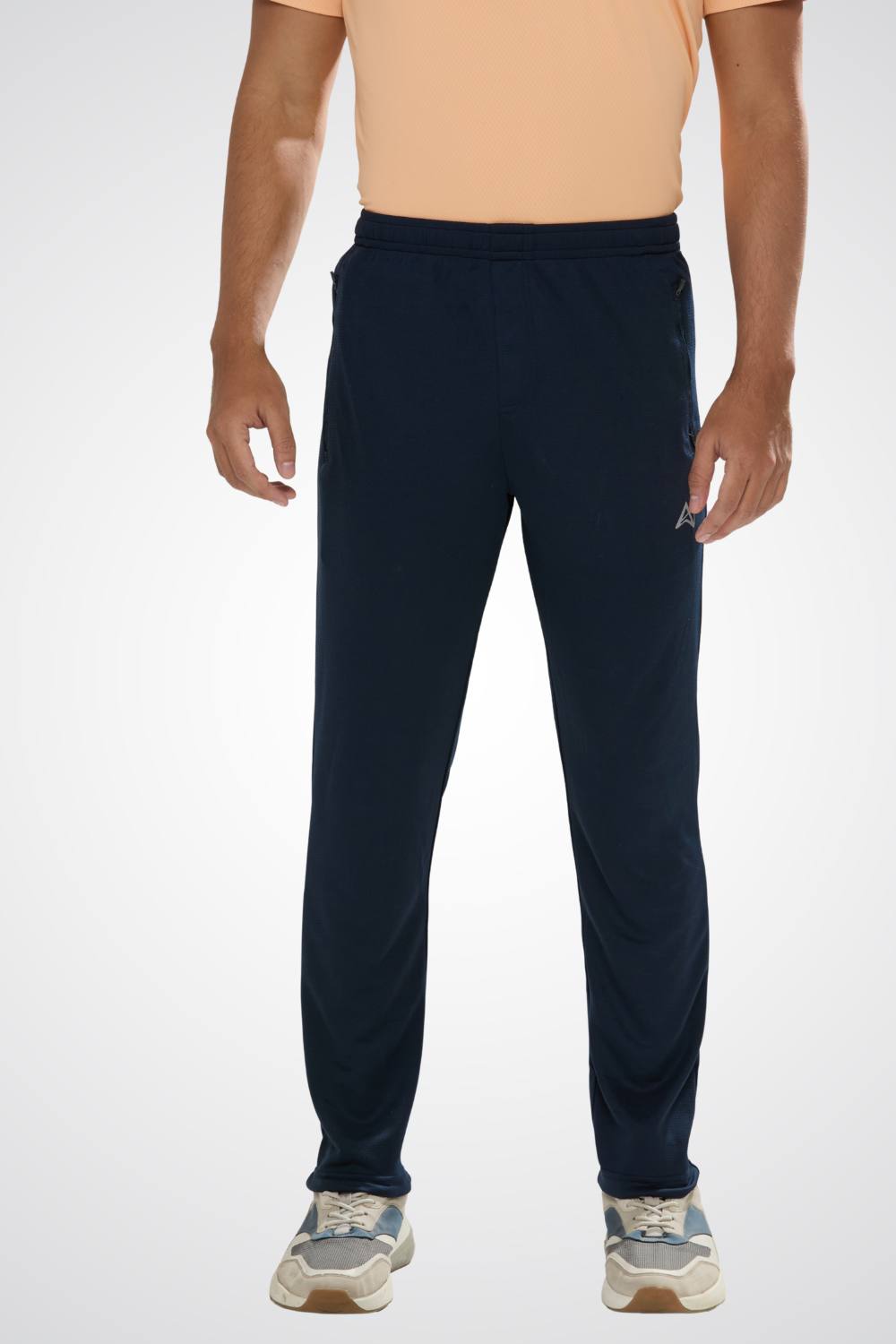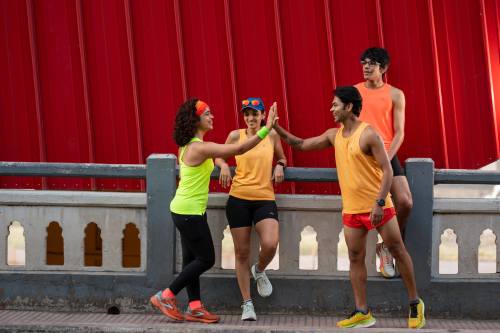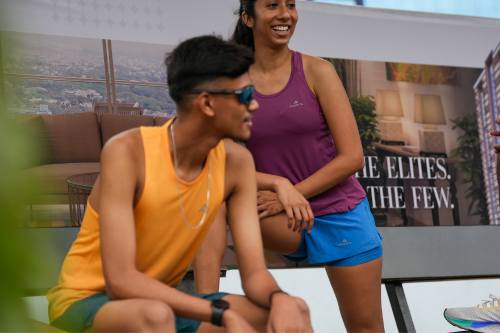Quick Listen:
The crack of the starting pistol echoes across the starting line, unleashing a wave of determined runners into the crisp morning air. Their footsteps thunder in unison, a symphony of aspiration and resolve. For countless individuals, this electric surge the rush of a competitive race or the quiet rhythm of a dawn jog sparks an enduring love affair with running. Yet beneath this allure lies a sobering truth: studies indicate that up to 50% of novice runners abandon the sport within their first year, sidelined by nagging injuries, creeping burnout, or the disorientation of unstructured pursuits. In an era where running has ballooned into a global phenomenon, with millions annually donning sneakers for health, challenge, or camaraderie, this attrition rate demands attention. What emerges as a compelling countermeasure? Structured training cycles methodical, phased regimens that methodically calibrate intensity, duration, and recovery. These frameworks not only elevate performance but fortify commitment, offering athletic apparel brands a strategic avenue to deepen engagement with a resilient consumer base.
Tired of gear that slows you down? Chafing, soggy fabrics, and missing pockets kill your run's momentum. At Aguante, we're runners who get it. Our high-performance activewear features moisture-wicking fabrics, ergonomic designs, and smart storage to keep you focused. Shop Now!
Structured Cycles: Forging Endurance and Loyalty
Running's ascent is undeniable. From urban marathons teeming with tens of thousands to solitary trails winding through verdant parks, the sport captivates a diverse throng seeking vitality amid sedentary routines. In the U.S. alone, the walking and running wear market, encompassing apparel and footwear tailored for these pursuits, reached $20.16 billion in 2023 and is projected to swell to $28.29 billion by 2030, growing at a compound annual rate of 5.1% from 2024 onward. This expansion underscores a burgeoning demand, propelled by heightened health consciousness, surging participation in races and virtual challenges, and innovations in performance fabrics that blend sustainability with functionality.
However, this growth is tempered by formidable dropout figures. Beyond the 50% novice attrition, broader patterns reveal running's vulnerability: it often claims the title of highest dropout sport, especially in that precarious inaugural year. Factors abound inadequate progression leading to overuse injuries, motivational lulls from aimless mileage, or the sheer intimidation of unchecked ambition. Structured training cycles disrupt this cycle of departure. Typically unfolding over 8 to 16 weeks, they delineate clear phases: foundational base-building to cultivate aerobic capacity, targeted speed intervals to sharpen thresholds, culminating peaks for race simulation, and deliberate recovery interludes to mend and adapt.
The payoff transcends mere pace improvements. By systematizing progression, these cycles mitigate injury risks overuse strains like shin splints or IT band syndrome plummet when volume escalates judiciously. Runners report heightened confidence, as milestones chart tangible evolution, fostering a psychological tether that combats early disillusionment. For the activewear industry, where footwear commands a 59.54% revenue share driven by biomechanical innovations for injury aversion, this persistence translates to sustained purchasing: loyal athletes invest in phase-specific gear, from cushioned stability shoes for base miles to featherlight racers for peaks.
At the core of these cycles lies a scientific foundation. Experts concur on the physiological bottlenecks constraining endurance oxygen utilization, lactate clearance, muscular efficiency yet consensus fractures on optimal daily orchestration. Contemporary research, however, converges on training intensity distribution as a linchpin for adaptations, benefiting elites and dedicated amateurs alike. This distribution quantifies session time across three strata: zone 1 for low efforts below lactate or ventilatory thresholds to build volume sans fatigue; zone 2 for moderate labors bridging those thresholds to maximal steady states, honing efficiency; and zone 3 for high-octane surges surpassing those limits, forging anaerobic prowess. Though running-specific inquiries lag behind cycling and cross-country skiing precedents, emerging evidence spotlights two divergent paradigms polarized high-low mixes versus pyramidal moderate emphases both yielding superior gains over haphazard routines.
The Dawn of Data-Infused Strides
The epoch of impulsive, mapless runs has yielded to an intelligence-fueled renaissance. Modern runners wield an arsenal of wearables GPS-laden chronographs, optical heart-rate sensors, ecosystem apps that democratize elite methodologies. Platforms like Nike Run Club and Strava dispense bespoke cycle blueprints, algorithmically attuned to baselines, aspirations, and feedback loops. These regimens eschew monotony, weaving easy aerobic sojourns with threshold tempests and restorative respites, all to forestall overreach.
Such orchestration dovetails with empirical wisdom. Well-calibrated cycles, anchored in intensity distribution, amplify endurance metrics across proficiency spectra, rendering sophistication attainable for the weekend warrior. Injury prophylaxis amplifies: structured increments never exceeding 10% weekly mileage hikes curb biomechanical breakdowns, while cross-incorporations like yoga or cycling buffer repetitive tolls. A meta-analysis affirms that deliberate programming slashes overuse incidences by up to 50%, underscoring cycle's prophylactic potency.
This technological tide reshapes communal fabrics. Erstwhile ad-hoc packs evolve into cycle-synchronized collectives, with 12-week cohorts synchronizing strides toward communal summits like 10Ks or half-marathons. Digital realms burgeon: TrainingPeaks and Runna proffer virtual mentorships, embedding apparel counsel recovery-oriented compression for deloads, ventilated uppers for velocity drills seamlessly into curricula. Brands astutely reciprocate, forging symbioses: sponsored modules, bundled kits, or AR-fitted virtual wardrobes that transmute data into desire.
Consider the athleisure inflection, where apparel's 4.4% CAGR through 2030 reflects not just utility but lifestyle permeation. Cycles catalyze this, as runners curate wardrobes mirroring phases: moisture-wicking layers for humid builds, thermo-regulating shells for chill tapers. Premium tiers, burgeoning at 5.8% annually, allure with embedded sensors tracking cadence or form, aligning gear with granular progressions.
Profiles in Perseverance: Cycles in Action
Abstraction yields to actuality in metropolises throbbing veins. New York and Chicago's pavement pounding guilds deploy 10-week scaffolds, halving attrition by infusing purpose and prophylaxis motivational milestones, communal accountability, preemptive physio. These enclaves dovetail cycles with marquee spectacles, transmuting solitary grinds into shared sagas, where finish-line euphoria cements allegiances.
Elites illuminate archetypes: marathon mavens orchestrate year-long undulations, cresting at qualifiers, their regimens periodized to the decimal mirroring for mortals via apps. Boutique imprints thrive herein, timing drops to temporal tides: vaporous vests for ventilatory voyages, armored shorts for anaerobic assaults. Tracksmith, for instance, narrativizes the narrative, issuing epochal editions eulogizing endurance's epochs.
Colossi consolidate: Nike's ecosystem entwines protocols with proposition's Vapor Flys for velocity vignettes while Lululemon layers lore into longevity-focused lines. These alliances transcend commerce; they nurture narratives, embedding emblems in odysseys, from neophyte nerves to veteran valor. Empirical echoes abound: cohorts adhering to cycles log 30% longevity lifts, parlaying persistence into patronage.
Navigating the Hazards of Rigidity
No panacea, structured scaffolds harbor snares. Mismanaged mandates overzealous zone 3 indulgences incite overtraining syndromes, fatigue's furtive foe. Equilibrium in distributions averts this, yet vigilance wanes. Equitability eludes: elite apps and savant coaches command premiums, estranging entry-level enthusiasts. Rigidity rankles rebels, who cherish caprice over calendars.
Marketeers maneuver minefields: zealous zealotry repels free spirits, demanding dialectical discourse demystifying merits sans dogma, proffering polymorphic products. Faux pas? Perceived paternalism, eroding equity. Yet triumphs tempt: online channels, fastest-growing at unchecked CAGRs, democratize delivery, virtual vignettes validating versatility.
Cycles as Commercial Catalysts
Activewear's arena transforms under cyclical cadence. Predictable pulsations bulked bases craving resilient reliers, swift surges summoning sleeks script seasonal symphonies. Launches synchronize: fall fortitudes for foundations, spring sprints for spectacles. Symbioses soar: co-crafted curricula, algorithmic affixes proposing phase-perfect picks.
Branding blooms: longevity luminaries lure legions, data delving deeper Strava streams surfacing shoe swaps for solace spans. This fusion forges fidelity, not fleeting fads; it's journey jurisprudence, miles multiplying margins. Premiums proliferate, sustainability stitching souls to soles.
Envisioning Enduring Trails
Running's renaissance renders cycles cardinal, from casual cruisers to podium predators. Spillover beckons cycling circuits, triathlon tides phased paradigms permeating. Imperatives indelible: enlighten expeditions, ally algorithms, architect attuned artifacts. Thus, tenacity triumphs, brands borne boundless.
Finish lines fractionalize finales; true triumphs traverse timelines. Cycles, science-stratified stratagems, chart courses conquering capitulation. For fabric forges, fiat clear: champion chronicles, and champions champion causes every stride, a stitched saga.
Frequently Asked Questions
What technology and apps can help runners follow structured training cycles?
Modern runners can access structured training through platforms like Nike Run Club, Strava, TrainingPeaks, and Runna, which offer GPS tracking, heart rate monitoring, and algorithmic training plans. These apps democratize elite training methodologies by providing personalized cycle blueprints based on individual fitness levels, goals, and real-time feedback, making sophisticated training accessible to weekend warriors and casual runners alike.
What are structured training cycles and how do they help runners avoid quitting?
Structured training cycles are methodical 8-16 week training programs that systematically progress through phases of base-building, speed work, peak training, and recovery. These cycles help reduce the 50% dropout rate among novice runners by providing clear progression milestones, reducing injury risk through gradual volume increases, and maintaining motivation through varied, purposeful workouts rather than aimless running.
How do structured running programs reduce injury rates compared to unstructured training?
Structured training cycles reduce overuse injuries by up to 50% through scientific progression principles, including the "10% rule" of never increasing weekly mileage by more than 10%. These programs distribute training intensity across three zones - easy aerobic runs, moderate threshold work, and high-intensity intervals - which prevents the biomechanical breakdowns common in unstructured training approaches.
Disclaimer: The above helpful resources content contains personal opinions and experiences. The information provided is for general knowledge and does not constitute professional advice.
You may also be interested in: The Importance of Moisture-Wicking Fabric for Runners: Why It Matters
Tired of gear that slows you down? Chafing, soggy fabrics, and missing pockets kill your run's momentum. At Aguante, we're runners who get it. Our high-performance activewear features moisture-wicking fabrics, ergonomic designs, and smart storage to keep you focused. Shop Now!
Powered by flareAI.co





